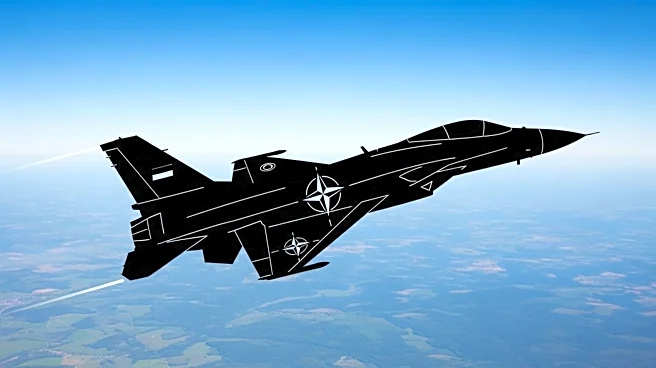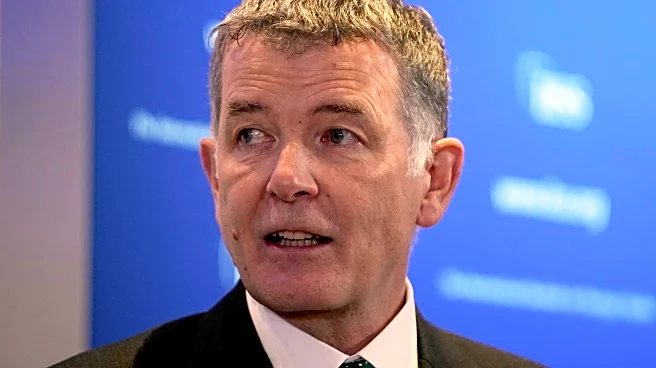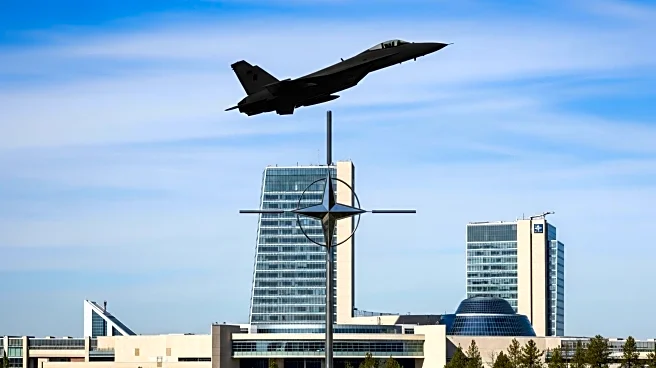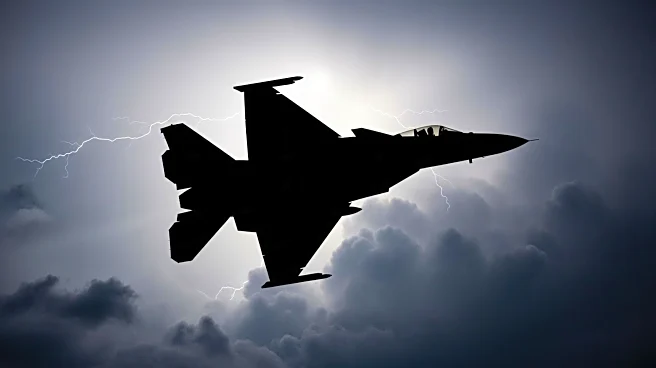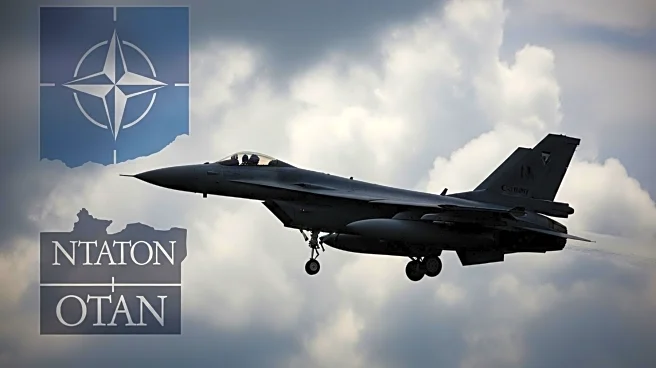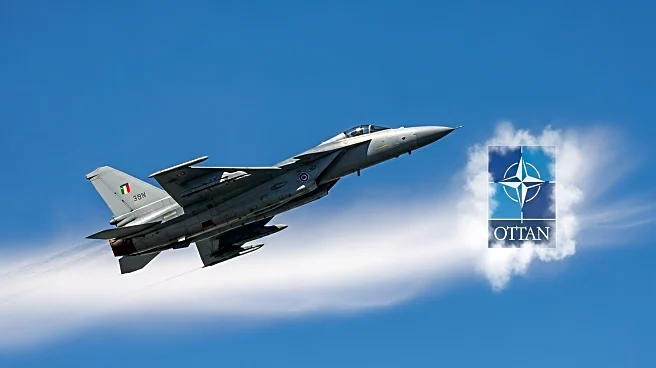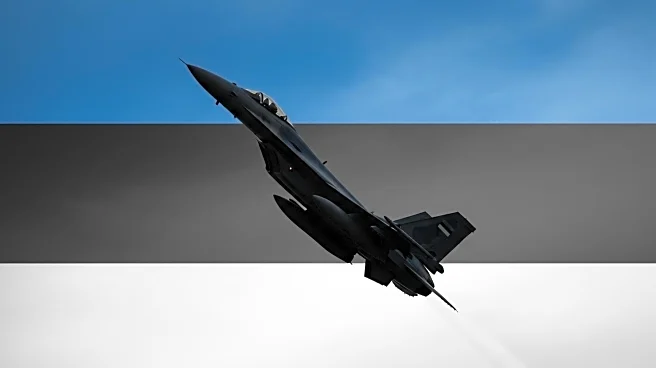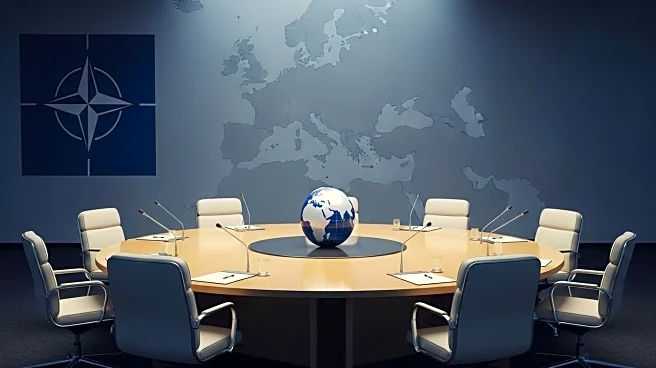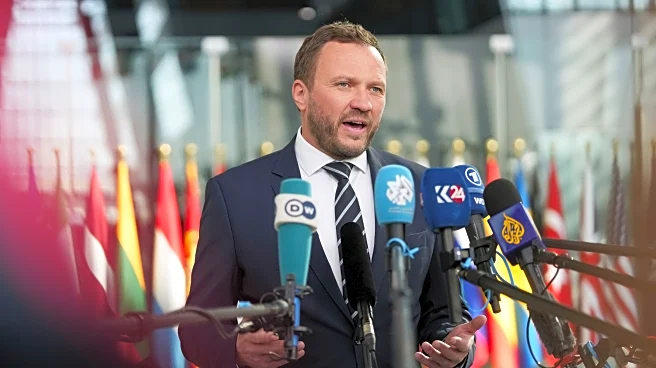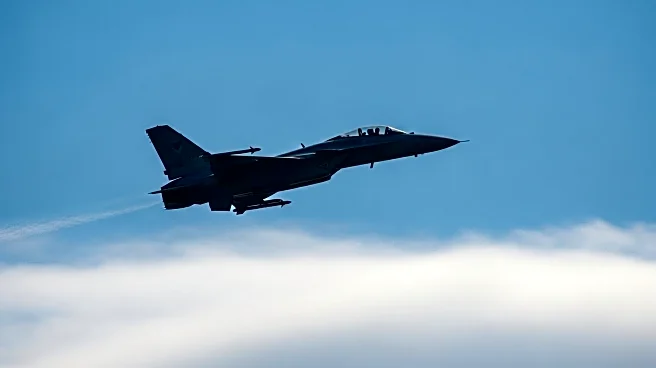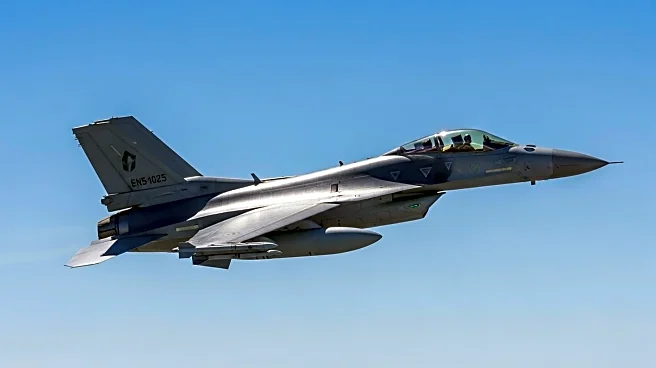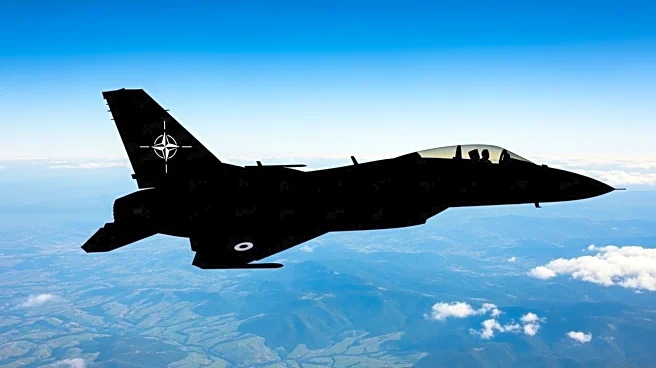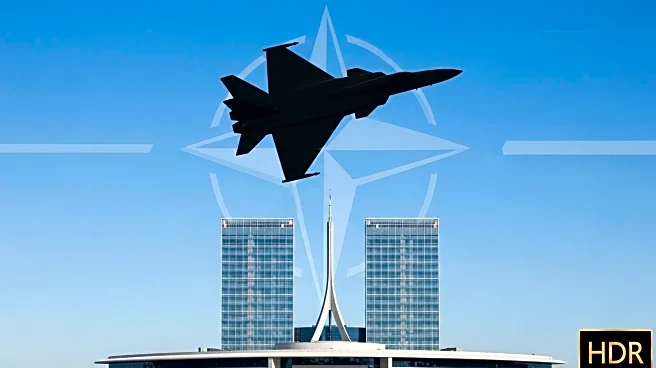What is the story about?
What's Happening?
Russian fighter jets violated Estonian airspace, prompting a response from NATO's Baltic Air Policing Mission. The incursion involved Russian MIG-31 fighters entering Estonian territory for 12 minutes, despite signals from Italian jets. Estonia's military confirmed the violation through radar and visual contact, dismissing Russia's denial of the incident. This marks the fourth such violation by Russia this year. Estonia's Foreign Minister, Margus Tsahkna, labeled the event a serious breach of NATO airspace. President Trump expressed concern over the situation, indicating potential trouble. Estonia plans to request consultations under NATO's Article 4, which allows for formal discussions when a member's security is threatened.
Why It's Important?
The incident underscores ongoing tensions between NATO and Russia, highlighting the strategic importance of the Baltic region. Such airspace violations test NATO's readiness and response capabilities, potentially straining diplomatic relations. The situation could escalate if NATO decides to take stronger actions, such as deploying additional defense resources or invoking Article 5, which mandates collective defense. The repeated violations may also be part of a broader Russian strategy to divert Western attention from Ukraine, impacting regional security dynamics and NATO's strategic priorities.
What's Next?
Estonia's request for NATO consultations under Article 4 could lead to increased military presence or strategic adjustments in the region. NATO members may deliberate on appropriate responses to deter future violations, balancing the need for security with the risk of escalating tensions. The alliance's decision-making will be closely watched by global stakeholders, as it could set precedents for handling similar incidents. Additionally, diplomatic efforts may intensify to address the underlying causes of these provocations and prevent further escalation.
Beyond the Headlines
The incident raises questions about the effectiveness of current NATO deterrence strategies and the potential need for policy adjustments. It also highlights the complexities of international airspace management and the challenges of maintaining peace in geopolitically sensitive areas. The situation may prompt discussions on enhancing NATO's air defense systems and improving coordination among member states to address hybrid threats, including cyberattacks and influence operations.
AI Generated Content
Do you find this article useful?
